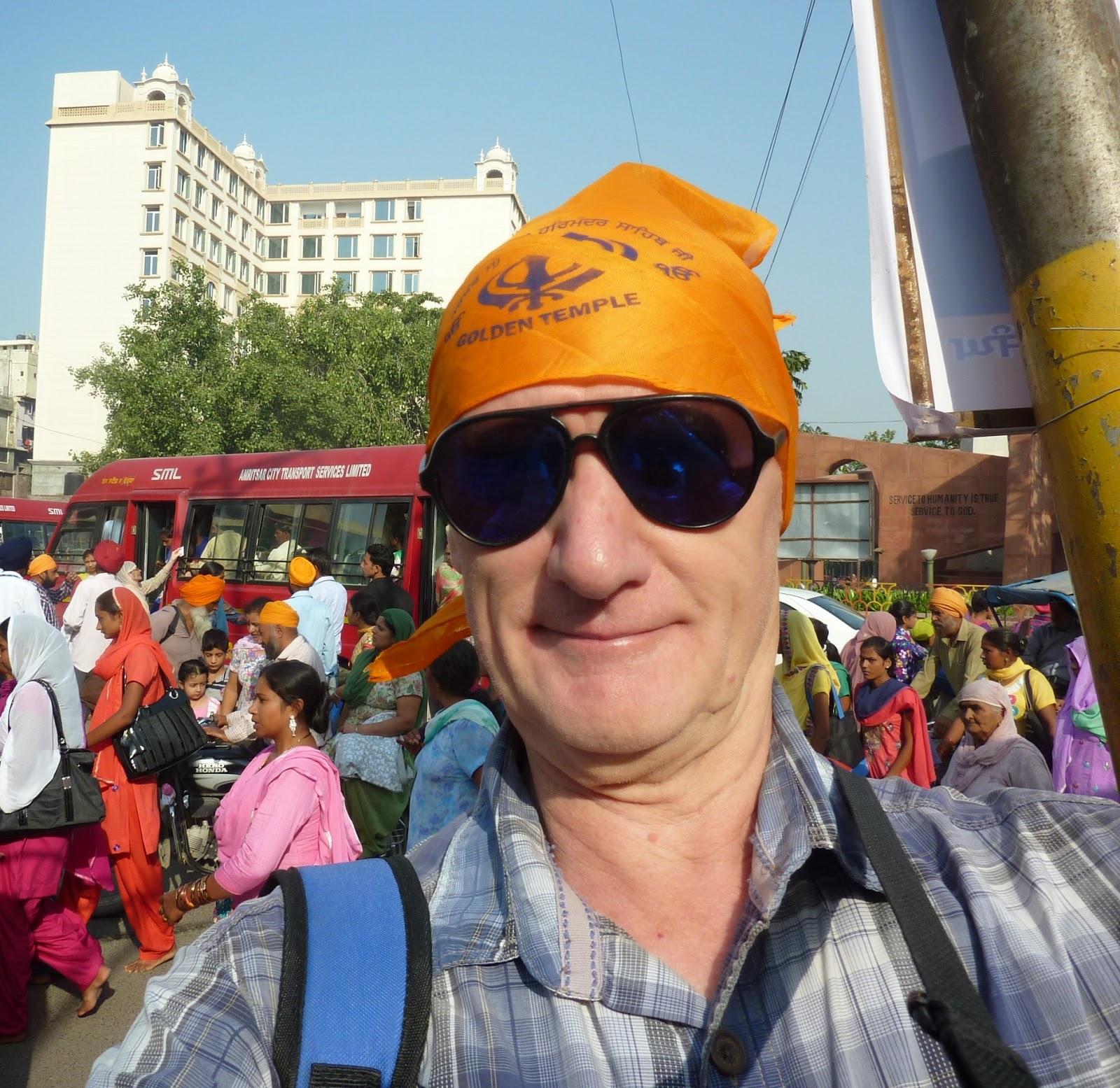Just returned from my 5 hour foot patrol of the main thoroughfares and
alley ways of central Kolkata. In order to give my promenade some kind of
sequence, the taxi was directed to drop me in at BBD Bagh (Square), a couple of
blocks east of the major Hooghly River and just south of the Howrah Bridge. BBD
commemorates the names of the three terrorist/freedom fighters (your choice),
who in 1930 attempted to assassinate the Lt. Governor Lord Dalhousie. Instead,
they killed a visiting prison officer---not really an important event in its
self, but one that was symbolic in terms of being another key point in the
struggle for independence.
Leaving BBD and feeling cooler air blowing off the
wide river I walked up the east bank through a park. Peaceful at 10.30am on a
week day morning, it was relaxing to watch the ferries & to enjoy my
constitutional cuppa ‘chai’ on a shaded park bench. With guilty feelings that I
must ‘see more’, I continued ambling north-ward, but a block in from the river
observing all the derelict warehouses that used to service the docks of a busy
port. The port is now only a shadow of its previous stature, having been
cut-off from its natural hinterland when East Pakistan was created in 1947. One
does not walk quickly in Kolkata, the crowds, the ruptured sidewalks and the
overall visual and aural over-load occupy all the senses, so that one is always
stopping to see ‘one more thing’.
Based on comments received that Bengali food is
sweeter & fruitier as in chutney, less brutally spicy/peppery than in other
regions, I partook of a piled plate from a street vendor (thousands of them
from which to choose). Very good—it was pleasant to have had the sensation of a
full stomach, after several weeks when I know that my input has been lower than
usual.
This is my third foray into Kolkata, and once again I
have the impression that this is a more livable city than Delhi or Mumbai.
Cleaner and in its own way, less chaotic. Miraculously things (on the street)
seem to actually function, when they shouldn’t. Kolkata is chaotically packed
to the gunwales with folk all jostling and anxiously pushing to get on with
their business.
 |
| They thought I was visiting movie star (just joking!) |
+++++++++++++++++++++++++++
Skin colour is a major topic in India. The lighter, the
better seems to be the consensus among many newly affluent. Read the
matrimonial ads in the newspapers and see how just about everyone seems to sell
themselves on the basis of their MBAs, US green cards and their very light
complexions. Watch the Bollywood movies played 24/7 on 100 satellite tv
channels and quickly observe that the young women featured, bear very little
relationship to the women on the street in ‘any Indian town’. The TV lovelies
almost look northern European in skin features and colouring. Relentlessly, on
TV and on poster hoardings, brands of skin whiteners, targeted at younger women
are promoted. Be paler and be more successful in the competition to find a husband is
the sub-text. Healthy? You decide, but newspapers report that the Indian Gov’t
is developing legislation to control/limit the claims that the cosmetic
manufacturers may make.
Parallel to this pale skin phenomena, but at the other end of the age spectrum, as reported in today’s newspaper, is the fact that grey hair in India is a loss of face and an embarrassment to the older age crowd. Many matures, both sexes, often purchase affordible cheap brands, that when applied and mixed with human sweat in a hot climate, result in beads of black dye running down faces and staining the forehead in lines—victims of this genre of cosmetic accident are known as zebra faces!








































